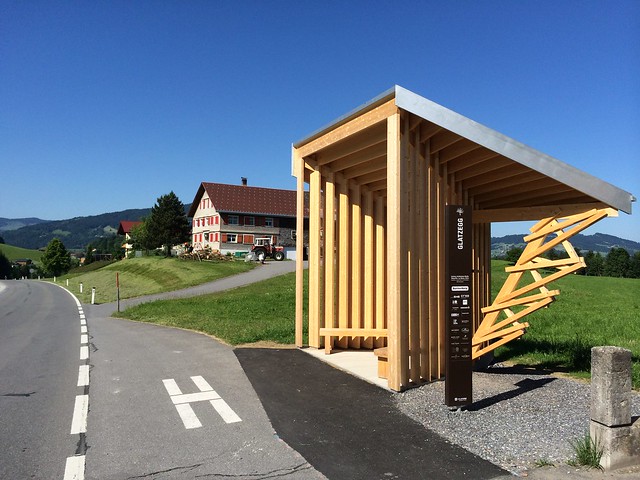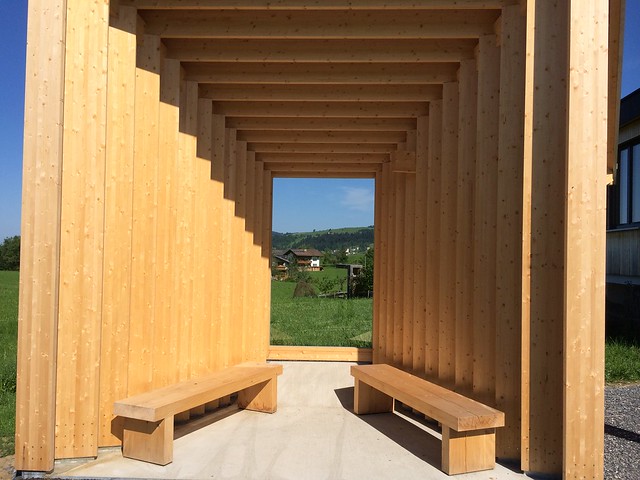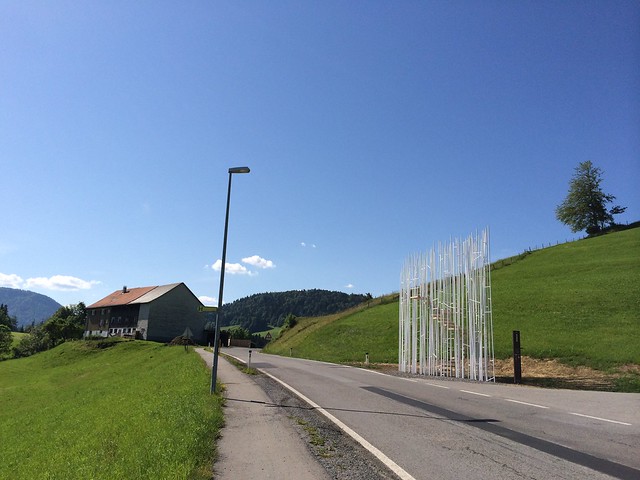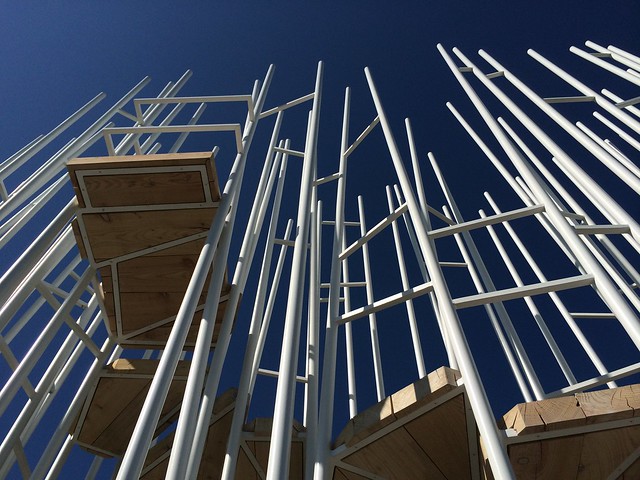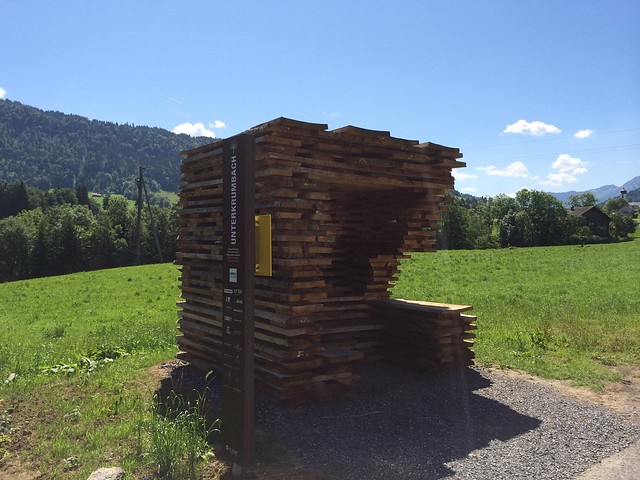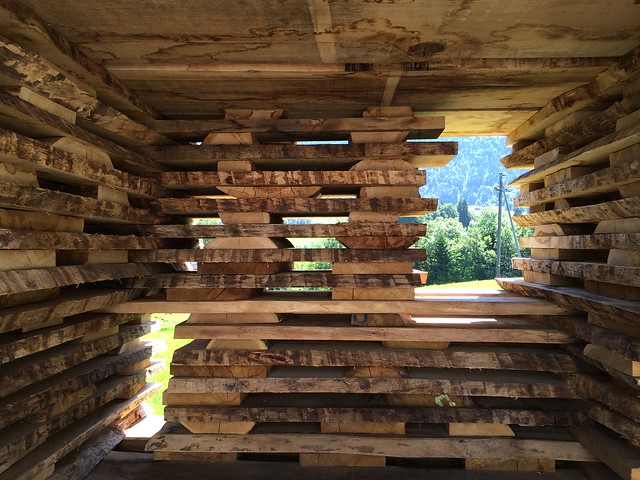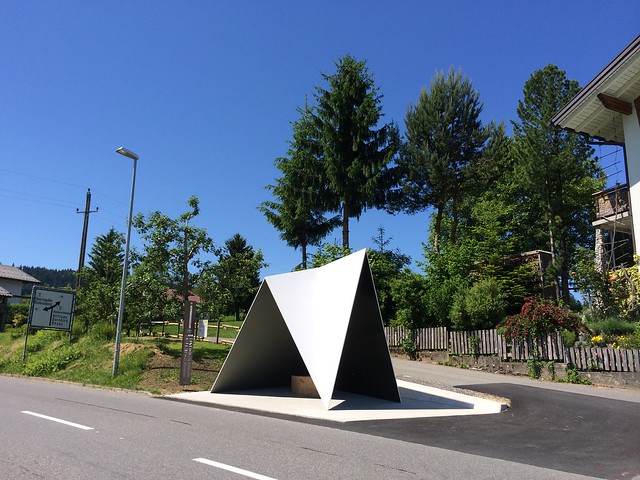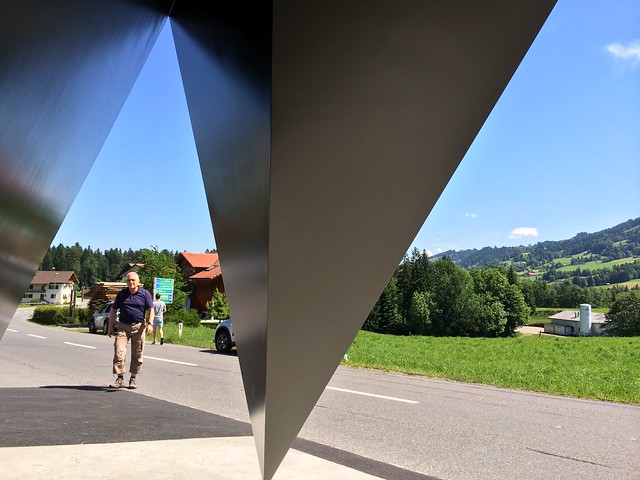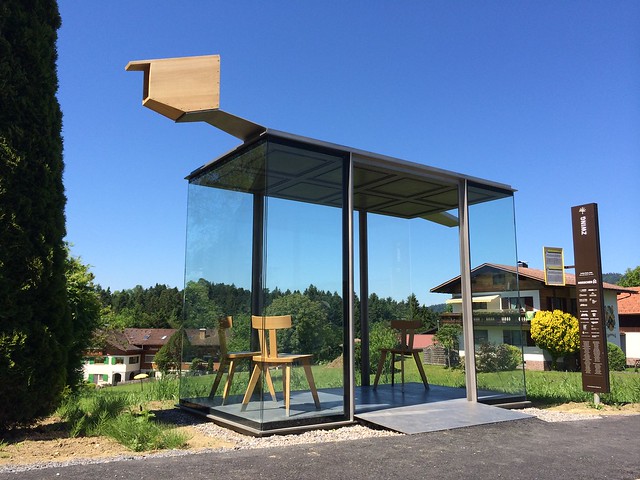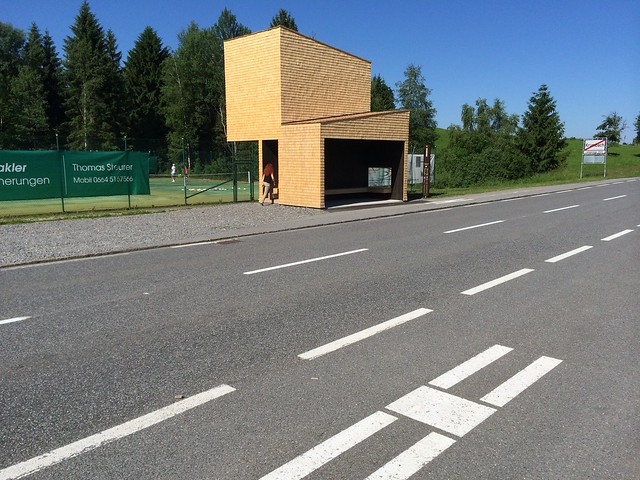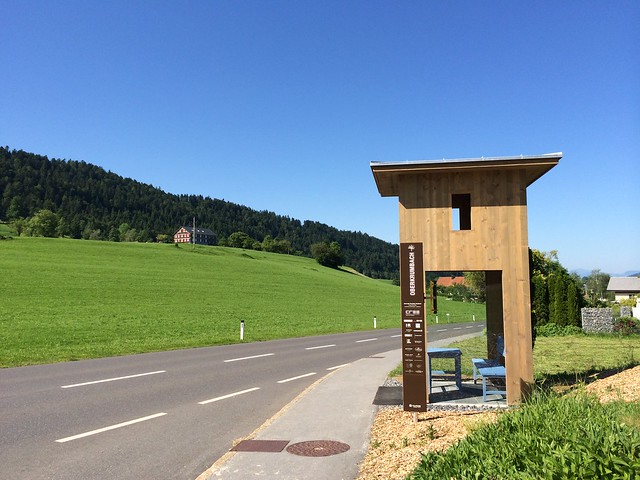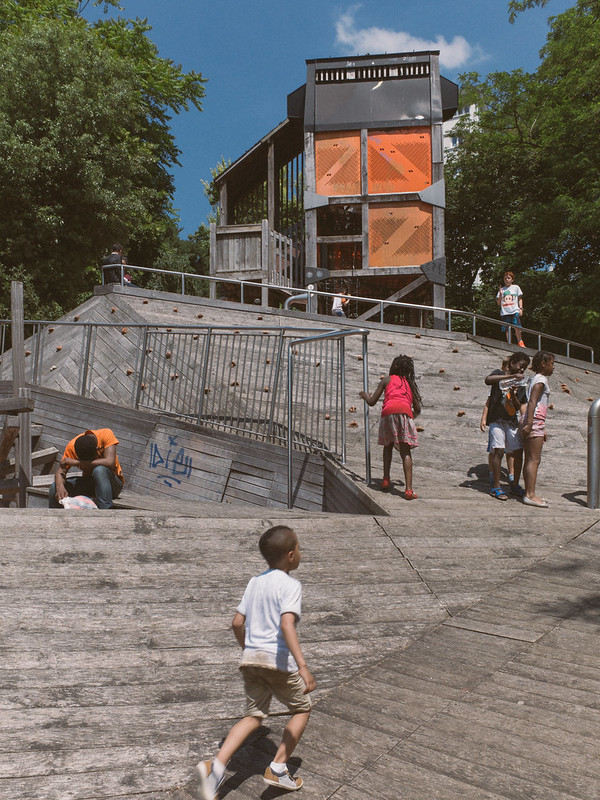The
Summer 2014 issue of
New York magazine's
Design Hunting is on newsstands now. Below are some of the highlights from the 176-page issue. About 2/3 of the issue is made up of features in
9 sections ("Who Did That?", "Ask the Experts," "My Favorite Things," etc.), from which the below is taken, and 1/3 is devoted to
handy listings of retailers, services, interior designers and architects – who said the yellow pages are dead?

Gracing the cover of the issue is the
Crown Heights, Brooklyn, house of photographers
Jeremy Floto and
Cassandra Warner, who tackled the renovation themselves. I especially like the polka dots upstairs:

But the downstairs is less playful, yet the diverse furnishings work together through their color palette – black. Warner says: "We treated the upstairs the way we dress the kids—clashing patterns, lots of color. We wanted the downstairs to be classic, meditative, and serene."

Probably the biggest designer name in the issue is
Winka Dubbeldam of Archi-Tectonics. Her design for the three-story
Chelsea home for fashion designer Tia Cibani (a bigger name than Dubbeldam, I reckon) and her family features an all-glass rear facade:

From inside this situation seems justified:

The interior design is all Cibani, but the vanity definitely looks like a Dubbeldam:

The
"I Just..." section features a few very New York scenarios, including
"I Just ... redid my apartment as if I owned the place," in which Shane Ruth gives some relief to just about every surface of his Hell's Kitchen apartment, such as the kitchen cabinets:

[Photo: Annie Schlechter]
Studio KCA's
light-filled loft in Chelsea (not pictured) has an amazing skylit staircase with white perforated steel guardrails, wood treads and risers, and blackened steel underside to the steps. The rest of the apartment is pretty straightforward modern, but each living space looks onto the staircase, for good reason.

[Laura Cattano. Photo: Bobby Doherty/New York Magazine]
The
"Ask an Expert" section appropriately runs the gamut (gardening, painting, textiles), though I'm drawn to the
Professional Organizer. While I'm not so sure about Laura Cattano's enthusiasm for trays ("an easy way to look neat"), I'm all for using Ikea kitchen cabinets in atypical ways. I use a couple base cabinets as a bench with storage in the dining room, and Ms. Cattano recommends using the uppers for storing shoes.
The
"Eat, Sweat, Sleep, Lounge" section has four "inspired takes on ... essential spaces," including Anthony Baratta's
Upper East Side kitchen. While I'm not a fan of the choice of furniture or hardware, I'll give kudos on the way paint colors are used to create an abstract composition out of the refrigerator and cabinets:

[Photo: Annie Schlechter]




